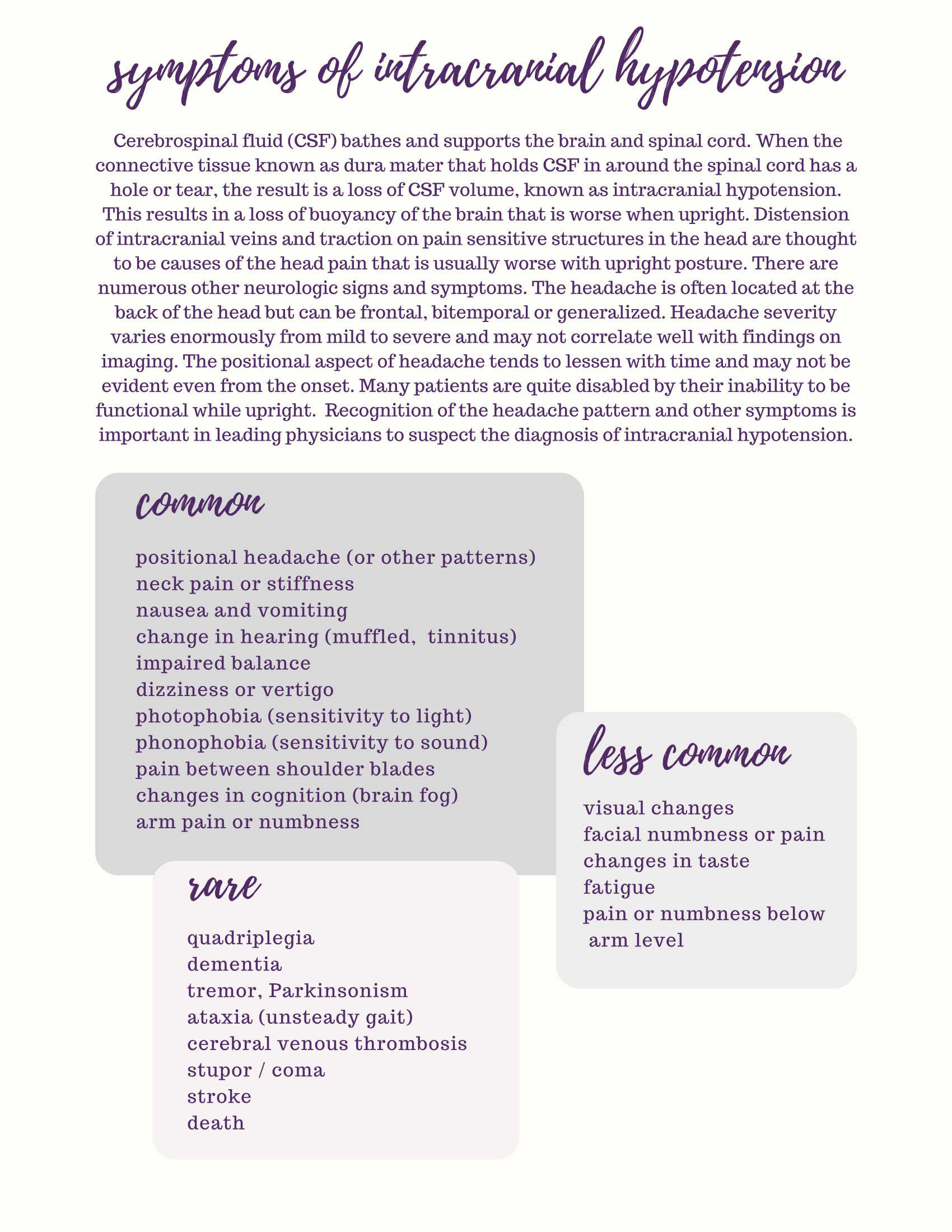

In 1926 Dandy reported the first successful operative repair of a CSF leak. He stated, “We felt that an attempt should be made to find and close the tear in the dura through which the air had entered.” Profuse bleeding from the dura foiled Grant’s proposed surgical intervention. He reported a 19-year-old male with rhinorrhea and pneumocephalus following an automobile collision. In 1923 Grant first proposed closing a traumatic dural defect. Clair Thomson coined the term rhinorrhea in a report describing a group of patients with spontaneous nasal CSF leaks. In 1826 Miller noted nasal flow of spinal fluid in a child with hydrocephalus.

Galen described the leakage of CSF after cranial trauma, but it was not considered a pathologic process until the mid17th century. The first section concentrates on cranial CSF fistulas the second section addresses spinal CSF leaks, including their relationship to symptomatic intracranial hypotension.

This article examines the natural history, diagnosis, and treatment of CSF leaks involving the skull base and spinal column. A clear understanding of their natural history is also mandatory for making sound management decisions. The pertinent anatomy and mechanisms of formation of cranial and spinal CSF leaks must be understood to diagnose and treat these lesions properly. Localization of a CSF leak can also prove challenging. Clinical manifestations range from frank drainage of CSF that is easily recognized to slow, intermittent leakage that can be difficult to diagnose. In the literature, however, the distinction between these terms has become blurred, and CSF fistula and CSF leak are used interchangeably.ĬSF leaks can result from diverse etiologies, including trauma, hydrocephalus, tumor, infection, and iatrogenic and idiopathic causes. When a leak is associated with external drainage of CSF via the paranasal sinuses, external ear, or a cutaneous tract, it is more appropriately referred to as a CSF fistula. The diagnosis and management of the patient with a cerebrospinal fluid (CSF) leak depend on the location of the leak, its etiology, and the patient’s presenting symptoms. Key Words: cerebrospinal fluid (CSF), CSF fistula, CSF leak The details of the senior authors’ approach to the evaluation and treatment of cranial and spinal CSF leaks are reviewed. Management depends on the suspected location, cause, and presenting symptoms of the CSF leak. Treatment options range from bedrest and drainage of CSF to direct surgical repair by a variety of approaches. Occasionally, recurrent bouts of bacterial meningitis are the only clue to diagnosis. Leakage along spinal pathways can cause severe postural headaches such as those that complicate spinal puncture. The most common clinical manifestation of cranial CSF leaks is rhinorrhea or otorrhea. CSF leaks can occur anywhere along the craniospinal axis. The term cerebrospinal fluid (CSF) leak refers to any disruption of the arachnoid and dura that allows CSF to escape to an extradural space. Joseph’s Hospital and Medical Center, Phoenix, Arizona

Center for Transitional Neuro-Rehabilitation.


 0 kommentar(er)
0 kommentar(er)
